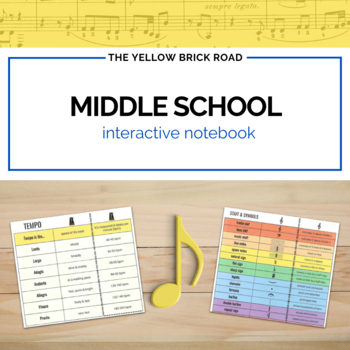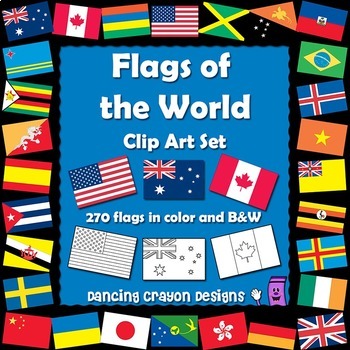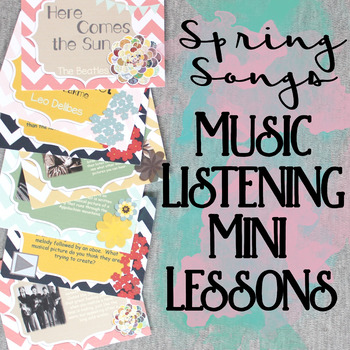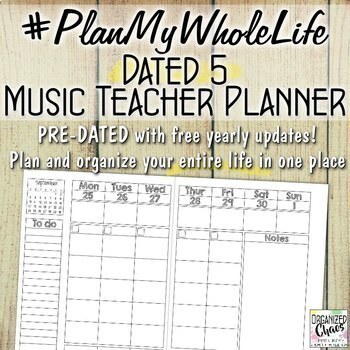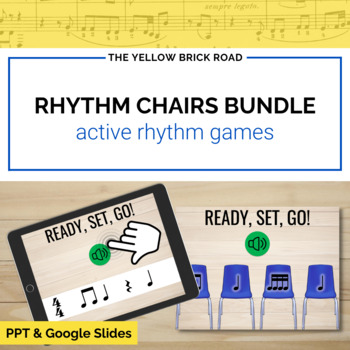Guess what?!? I've gotten together with a bunch of music sellers on TeachersPayTeachers to give away TWO $50 gift cards!!
This is perfect timing to stock up on stuff to survive the end of the year, or start getting ready for next year! I'm linking up with Music With Mrs. Tanenblatt to share some of my picks to use all this free TpT money on :)
I bought the K-4 interactive notebooks from The Yellow Brick Road a long time ago and I love them. Now Jennifer has gone and made some seriously wonderful updates to them, and I now really want the rest of the set! I teach K-6 so it would be awesome to have these for my older students. These interactive notebook files have saved me so much time. I put some of the pages into a notebook format, but I use many of them for assessments and worksheets separate from the notebook as well.
I am thinking of updating the visuals I use for introducing my overview of world music, which I do each spring with every grade K-6. This set would certainly simplify the process! I love that the files are already labeled with the country name. It would make it so much easier to find the flag I'm looking for.
My students and I always love the lessons I've used from Cori Bloom. This set for Spring looks amazing as usual!
Last but not least: here's a product from my own store that I'm excited to share with you! This week I shared my own planner for the coming school year (if you missed those posts scroll down or click on the "planner" label in the side menu). I have worked so hard on these planners and mine really does make a huge difference in my ability to stay organized!
Ready to win some free money to buy out your own TpT wishlist?? Entering is simple- go to each TpT or Facebook page and follow for an entry. Ready? You have until midnight EST Friday night, May 1st, to enter!!
a Rafflecopter giveaway
This is perfect timing to stock up on stuff to survive the end of the year, or start getting ready for next year! I'm linking up with Music With Mrs. Tanenblatt to share some of my picks to use all this free TpT money on :)
I bought the K-4 interactive notebooks from The Yellow Brick Road a long time ago and I love them. Now Jennifer has gone and made some seriously wonderful updates to them, and I now really want the rest of the set! I teach K-6 so it would be awesome to have these for my older students. These interactive notebook files have saved me so much time. I put some of the pages into a notebook format, but I use many of them for assessments and worksheets separate from the notebook as well.
I am thinking of updating the visuals I use for introducing my overview of world music, which I do each spring with every grade K-6. This set would certainly simplify the process! I love that the files are already labeled with the country name. It would make it so much easier to find the flag I'm looking for.
My students and I always love the lessons I've used from Cori Bloom. This set for Spring looks amazing as usual!
Last but not least: here's a product from my own store that I'm excited to share with you! This week I shared my own planner for the coming school year (if you missed those posts scroll down or click on the "planner" label in the side menu). I have worked so hard on these planners and mine really does make a huge difference in my ability to stay organized!
Ready to win some free money to buy out your own TpT wishlist?? Entering is simple- go to each TpT or Facebook page and follow for an entry. Ready? You have until midnight EST Friday night, May 1st, to enter!!
a Rafflecopter giveaway


